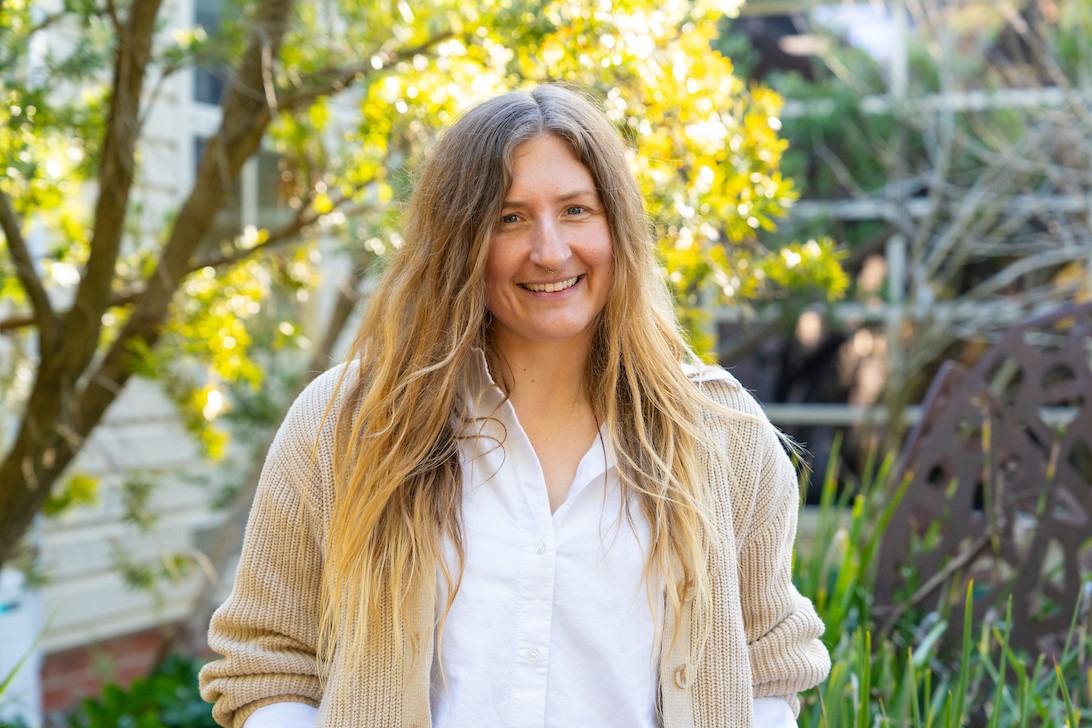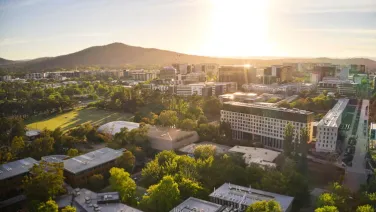
Science by the letter: conversations with the next generation of scientists
Climate scientist Dr Georgy Falster has an unlikely pen pal: a junior school student in Euclid, Ohio who never was really a fan of science. Or a fan of school for that matter.
Dr Falster, from ANU Research School of Earth Sciences was matched with her pen pal by a program called Letters to a Pre-Scientist. This year-long program connects school students with scientists to share the possibilities of a STEM career.
“For a lot of these students, the concept of a scientist is actually a very abstract idea,” Dr Falster says. “Writing individual letters is way to change that; to show the real person behind the scientist,” she explains.
“We talked a lot about our lives and the fact that, yes, I'm a scientist, but I have a lot of hobbies. And they were really interested in that, caring about other things that I do.”
As a nature-loving, sporty and musical person, Dr Falster has plenty of hobbies to chat about with her pen pal. Plus, as a climate scientist, the weather is a lot more than just small talk to her.

Dr Falster is an Earth scientist here in Canberra researching climate extremes over time, but she first heard about the US-based Letters to a Pre-Scientist program in a previous postdoc position at Washington University in St. Louis.
“Particularly in the US there is a huge diversity in the quality of schooling,” she observes. “Many choices in life, such as going into STEM, are dictated in large part by where you live.”
That’s why it felt so important to demystify the process of studying and working in science.
“For me, going into science was honestly a very easy choice. I was lucky, I went to a private school in Australia, I had opportunities unlike these students,” she says.
“That pathway through to university was one that was made very clear to me. I recognise that I'm extremely fortunate in that. And that's actually one of the reasons I did this program.”
The end goal wasn’t necessarily that this student becomes a climate scientist exactly like Dr Falster. The point of the program is that a whole cohort of students are given a window into what's available to them, and that their career goals aren’t limited by their postcode or socioeconomic situation.
One student, quoted on the program website, reflected on their year of letter-writing: “I thought scientists spent all their time in a lab, but now I know, that's not really true! My scientist goes on field trips to camp and observe nature, and records it in her notebook. She also went around the world to observe other things, or to study about them!"

For Dr Falster, it was a really enriching experience.
“It was a chance to be a bit creative in how you communicate. So I drew little maps of where I live, little diagrams of my science, printed out some photos.”
The most difficult part of the process was reigning in the verbosity of her letters, she says laughing.
But that enthusiasm clearly won over her pen pal.
“The letters they wrote got longer as they went along, with more questions,” Dr Falster says of her student’s replies.
“By the last letter my student was like, ‘Oh, I'd like to go to university now,’ which was a colossal win.”
Dr Falster notes that often scientists are in this field because they want to make a difference to the world. And engaging directly with a young person through a program like this is a really good way to do that, she thinks.
“Maybe it's a little more tailored, but you have a chance to literally change someone's life. You're opening up the world to a student who might have never considered what it means to be a scientist.”
Dr Falster is getting ready to write to her next pen pal for this year. She’s keen to demystify the idea of a scientific career for even more young students.
“We're real people. We have hobbies. We have families. We've had challenges. We have challenges. But it's a wonderful job.”
Find out more about becoming a science pen pal for students at Letters to a Pre-scientist and the similar Australian-based program, STEMpals.



